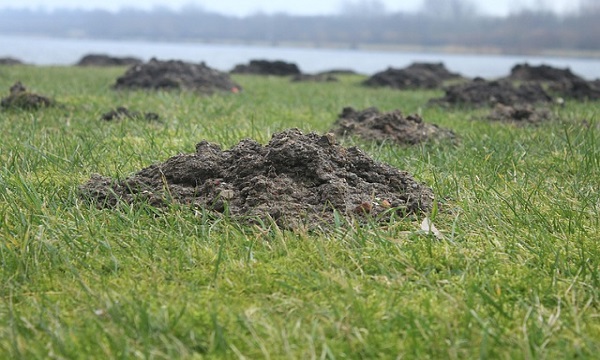The remains of approximately 150 Roman soldiers have been discovered in a mass grave on the outskirts of Vienna, Austria. The Vienna Museum announced Wednesday that this discovery represents an exceptionally rare find from the 1st century Roman Empire.
The skeletal remains were initially uncovered in October during construction work to renovate a football pitch in Simmering, a residential and industrial area of Vienna. Following expert analysis, archaeologists confirmed the remains date back to the 1st century AD.
Initially, 129 bodies were identified at the site, but further excavation revealed additional remains, bringing the estimated total to over 150 individuals. What makes this discovery particularly significant is the rarity of skeletal remains from this period.
“As cremation burials were common in the European parts of the Roman Empire around 100 AD, body burials were an absolute exception. Finds of Roman skeletons from this period are therefore extremely rare,” explained Kristina Adler-Wölfl, Head of City Archaeology at the Vienna Museum, according to DW.
Simmering is the 11th district of Vienna, Austria. It borders the Danube and was established as a district in 1892. Simmering has several churches, some museums, schools, old castles, and four cemeteries.
Forensic analysis revealed that the deceased were exclusively males between 20 and 30 years of age. Evidence of fatal injuries caused by various weapons—including swords, spears, daggers, and projectile bolts—suggests these individuals died in battle. Researchers have concluded that the burial site contains victims of a military operation that ended catastrophically.
Michaela Binder, who led the archaeological excavation, said nature of the discovery was the unprecedented.
“Within the context of Roman acts of war, there are no comparable finds of fighters. There are huge battlefields in Germany where weapons were found. But finding the dead, that is unique for the entire Roman history.”
The Vienna Museum has indicated that research is still in its early phases, with further in-depth investigations planned to learn more about this significant historical find.


